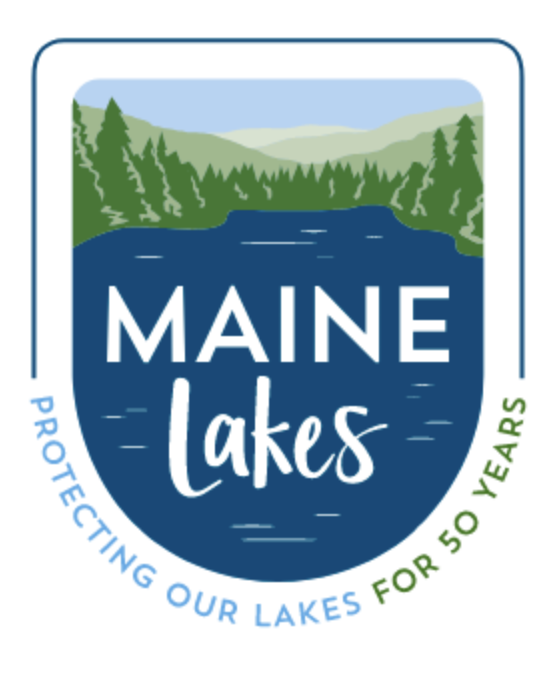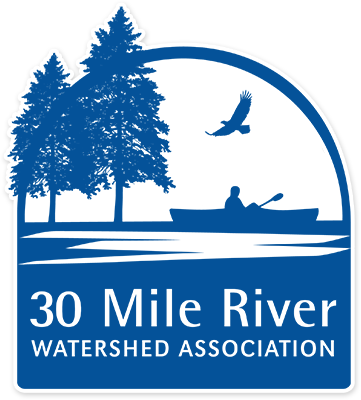An important message from our friends at Maine Lakes:
Greetings!
Like most of you, Maine Lakes staff and board love boats. Whether we are tubing, water skiing, fishing, wakesurfing, paddling or enjoying a sunset cruise, boats are a great way to have fun with our families and friends and to enjoy all that Maine lakes have to offer. We want all boaters to have space to enjoy their boats. LD 693 helps do that, by keeping large wake-generating activities 500′ from shore and in waters more than 20′ deep.
Please speak up in support of LD 693 at the upcoming public hearing.
Wednesday, March 22, at 1:00 p.m.
Inland Fisheries and Wildlife Committee
Room 206 of the Cross Office building
Please note: This bill is the last item on the agenda for the afternoon, after a report to the committee and two other bill hearings. If you are testifying by Zoom or in person, be prepared to be patient. Bring a book or some work to do or a craft project to keep you occupied until it’s time to speak!

LD 693, An Act to Protect Inland Water Quality, Shorelines, Wildlife and Public Safety by Prohibiting Operation of a Wake Boat to Create an Enhanced Wake Close to Shore or in Shallow Water, will prohibit boats purposefully generating enhanced wakes for wake sport activities within 500 feet of shore and in waters less than 20 feet deep. To read the bill text click here.
This bill was supported by the Maine Boating Impact Coalition, a group of organizations and individuals who were concerned about the damage and danger they saw from large wakes, and wanted a solution that would allow safe boating, including wake boating, on Maine’s waters.
This common-sense policy solution will:
- Reduce wake-caused erosion of fragile lake shorelines
- Keep lake water clean by reducing sediment disturbance in shallow water and close to shore
- Protect lakeside and shallow habitat for nesting loons, fish and other species
- Assure safe waters close-to-shore for families, swimmers, and other boaters
- Reduce damage to personal property like docks and moored boats
- Keeps wake boat activities in deeper water where they perform the best
Maine Lakes fully supports boating as a great way to get out on the water and enjoy Maine’s lakes with friends and families. We support wake sports as a thrilling way to get out on the water and participate in an exciting new sport. We want wake sports to happen in places where there is reduced risk to human safety, personal property, wildlife habitat and fragile shorelines. And that means keeping wake sport activities more than 500’ from shore.
A study by the University of Minnesota, the only peer-reviewed, independent research of wake boat impacts, measured the wakes of several different wake boats and found it took at least 500’ for those large wakes to dissipate to a size matching other motor and ski boat wakes.
- Watch a short news piece with the study author here.
- Read a press release about the study here.
- Read the full study findings (including a graph of wave height and distance) here.
Maine already has a 200’ “boater safety zone” which requires boats to travel at headway speed within 200’ of shore. That regulation was designed to protect water quality and fragile shorelines from large boat wakes. And it works for most boats on the water today, including ski boats, bass boats and pontoon boats. But it doesn’t work for wake boats generating larger wakes than were possible at the time the law was established. And wakeboat technology is quickly advancing to bring us heavier boats generating up to 6′ waves.
To learn more:
- Read our fact sheet here.
- Read background about the bill and the Maine Boating Impacts Coalition here.
- And as always, check our Advocacy Page for updates.
Please join me in speaking up for Maine’s lakes today.
Please consider speaking at the public hearing on Wednesday, March 22nd at 1 p.m. in Room 206 of the Cross Office Building in Augusta. You can also join the meeting by Zoom (see end of this message for instructions). Legislators and committees are very friendly and welcoming, and a few words from you will go a long way to moving this bill forward.
A sample outline is below if you need some assistance with a letter. Consider adding a line or two about any experience you’ve had with large wakes, or if you enjoy wakeboating, how directing that activity to deeper water away from shore works for you. For letter writing tips, click here.
See below for directions on submitting written testimony and for speaking at the hearing. Please forward this email on to friends, lake association members, or anyone who cares about Maine’s lakes. Click here to view (and share) this message as a webpage. It will take many voices to get this bill to the finish line!
Thank you for speaking up!
If you have any questions, please email sgallo@lakes.me.
Susan Gallo, Executive Director
Sample Letter
Dear members of the Inland Fisheries and Wildlife Committee,
My name is _________ and I live in/spend the summer in/boat on _____________. I am asking for your support today for LD 693, a bill that would prohibit large wake generating boats from within 500’ of shore and in water less than 20’ deep.
I am concerned that large wakes close to shore will_____________(share your greatest concern, such as damage your docks, flood your boats, pose a risk to young children, etc.)
I support LD 693 as a common-sense solution that will keep large-wake-generating boats on the water but direct them to places where they can operate safely because____________.
Please vote to support LD 693 as a smart way to assure safe boating opportunities for everyone on our publicly owned Great Ponds.
Thank you for the opportunity to comment on this important bill.
Signed,
_______________
(add Name, Town (year round or seasonal), and lake of interest)
Directions for Providing Testimony
Legislative committees need to hear from you! See below for directions on how to testify in person, in writing, or via Zoom. Telling a personal story about your experience with lake protection will be engaging and compelling to committee members. The committee will get facts and statistics from organizations and agencies. Focus instead on a personal story that connects you to lakes. The same advice applies to written testimony.
- To submit written testimony: Visit www.legislature.maine.gov, and click on the “Testimony Submission” button (bottom, right). At the next screen select the committee where the bill is heard, then the date and time. Check the box for the bill you want to address. Upload your document (Word or PDF) or type text directly into the submission box. Below that, add your full name, town or organization in Maine (either full time or part time/seasonal residence), email and phone.
- To speak at the public hearing via Zoom: Follow the directions above but check the box beside “I would like to testify electronically over Zoom.” You do not need to upload any written testimony, but note that if you do you will need to upload it after you check that box. You’ll see an additional box to indicate that you support, oppose or are neutral on the bill. Uploading written testimony at this time is always a good idea so that legislators have a written record of what you will say. Note that what you submit in writing and what you say do not have to be exactly the same, especially since you will likely be given a three-minute limit to speak and you may want to submit more information in writing. You will receive an invitation and Zoom link from the committee clerk after you submit testimony.
- To speak at the public hearing in person: Plan to arrive at the committee room a little before the scheduled hearing. Note that if there are other hearings earlier in the day, the schedule may be significantly delayed. Patience is a virtue at public hearings! Bring a book or some knitting to pass the time while you wait to testify. Plan to bring 20 copies of your written testimony or supplemental materials for committee members. Note that in-person testimony is typically limited to three minutes. People speaking at public hearings have been asked to not submit electronic testimony via the website.
For more details on testifying provided by the state, click here.
Click here to view public hearings (either recordings or live streams). Select the committee you want to listen to, and then the “Play” button for the day and time.
